As representation grows, disability still widely underrepresented in comparison to U.S. public with disabilities
Los Angeles, Jan. 14 – A new report by GLAAD shows a slight uptick in the percentage of series regular characters with a disability on broadcast scripted series to 3.5 percent for the 2020-2021 season, up from 3.1 percent. This represents a 12.9 percent increase. However, while the percentage showed improvement, the number of characters (27) remained the same from 2019-2020 to 2020-2021.
While increased representation should be celebrated, it also is important to note that, as stated in the GLAAD report, “this number continues to severely underrepresent the actual U.S. population living with disabilities,” as more than twenty percent of people in the U.S. have a disability.
GLAAD’s 2020-2021 Where We Are on TV Report includes the only analysis of primetime scripted series regulars on broadcast networks of characters with disabilities. Largely known for tracking the number of LGBTQ+ characters on broadcast and cable networks, as well as streaming services, the Where We Are on TV Report also tracks racial, gender and disability inclusion on television.
The GLAAD report is based on self-reporting by the networks and content providers. GLAAD looked at 773 characters expected to appear on scripted prime time shows broadcast on ABC, CBS, The CW, FOX and NBC. Counts are based on original scripted series premiering or which are expected to premiere a new season in primetime between June 1, 2020 and May 31, 2021 and for which casting has been announced or confirmed by networks.
The report finds that NBC “overwhelmingly leads the broadcast networks in terms of representing people with disabilities,” with 18 characters, representing 12 percent of the network’s series regulars. Last year, NBC reported 13 characters with a disability, which was more than double from the prior year, showing continued growth in characters with disabilities. However, many of these characters are played by actors without the disabilities the character has.
Both ABC and CBS count three series regular characters with disabilities, while CW has two and FOX has one. Of note are CBS’ NCIS: New Orleans, CBS’ MacGyver and FOX’s 9-1-1, all of which include a series regular where the actor has the disability being portrayed by the character – Daryl “Chill” Mitchell, who uses a wheelchair; Meredith Eaton, who refers to herself as a short-stature actress; and Gavin McHugh, who has cerebral palsy.
There is an increased representation of characters with nonvisible disabilities, including anxiety, depression, chronic illness, diabetes, addiction and learning disabilities. For example, ABC’s The Rookie adds another dimension to the character of Officer Tim Bradford (Eric Winter), a highly regarded police officer, when viewers learn he has a learning disability. By including this casual inclusion of disability, ABC primetime helps viewers understand that this is a common disability and helps lessen the stigma around having a learning disability and seeking assistance in learning in different ways (in this case, an audio book).
Spotlight on Cable and Streaming
The report also looks at LGBTQ characters with a disability on cable and found eight (seven percent). While it is a percentage increase from last year, it also is two fewer characters. These included three characters from Pose living with HIV, a gay character with bipolar disorder on Shameless, a character on Lovecraft Countryliving with addiction and a character who is an amputee from The Walking Dead.
Freeform’s Everything’s Gonna Be Okay includes two queer characters, Matilda and Drea, who are both autistic. Both Matilda and Drea are played by neurodiverse actresses. Because of authentic casting – and discussing scenes in pre-production with Cromer, including re-writes – the character of Matilda is refreshing. The role of Matilda became “an opportunity to play a character authentically and advocate” for Kayla Cromer, who publicly revealed she is neurodiverse with the support of the Everything’s Gonna Be Okay team.
The report found just one LGBTQ character with a disability on streaming, representing just one percent of characters. This is down from a total of six characters last year. “This is an area where streaming must improve as these platforms look to new programming,” the report states. “As of now, the only LGBTQ character with a disability is Ryan on Netflix’s Special, the protagonist who is a gay man with cerebral palsy. The show focuses on the intersections of his identity and should pave the way for more stories which empower people to share their authentic stories.”
Increasing Disability Inclusion in Television Leads to Real-Life Results
With Hollywood striving to boost diversity and inclusion, opening the inclusion umbrella for America’s largest minority – the one-in-five Americans with a disability – is the right thing to do as well as economically smart given that the disability market is valued at more than $1 trillion.
Gail Williamson is a talent agent for Kazarian/Measures/Ruskin and Associates (KMR), leading their Diversity Department, seeking out the right roles for talented actors with disabilities. Her clients include Kayla Cromer and Gavin McHugh mentioned above.
“While there has been a slight increase in series regular roles for characters with disabilities, I believe anecdotally that the percentage of actors with disabilities playing those roles has increased,” Williamson said. “From my experience, I predict the number of actors with disabilities playing series regular roles will increase in the coming seasons. Perhaps the greatest accomplishment that is not measured is the number of recurring, supporting and co-star roles that are now being cast with actors with disabilities. In the past, actors with disabilities were usually only invited into the casting office for roles when a lead character had a disability and that disability moved the story forward. Today we get calls at KMR for talent with disabilities to play smaller roles that have nothing to do with their disability. We are finally starting to see ‘full inclusion’ as it is in life. This also gives the actor with a disability the opportunity to grow in their craft as all other actors do, coming up the ranks, rather than just getting looked at for lead roles, that they are sometimes not prepared for since they haven’t had the supporting role experience. We are definitely making progress.”
People with disabilities lack adequate access to healthcare, education and employment opportunities. Depictions of disability should be focused on the abilities and contributions of people with disabilities, not just the disability. Additionally, even simple inclusion in crowd scenes is important. This is especially critical for the 22 million working-age Americans with disabilities, of which only one-in-three has a job.
Just as Will and Grace and Modern Family helped to change perceptions of the LGBTQ community, an increase in diverse and authentic portrayals of people with disabilities on television can help to end stigmas and advance opportunities for people with disabilities. Actors, producers and directors can use their talents through inclusion riders and other means to fight stigmas and advance opportunities. They also have the power to change the fact that actors without disabilities play more than 95 percent of all characters with disabilities on television.
Diversity and inclusion processes that include disability are needed inside networks and studios so authentic portrayals become natural and consistent. A Lab for entertainment professionals with disabilities is aiming to do just that. Organized by the nonprofit RespectAbility, the 2019 and 2020 Labs already have helped place more than 20 alumni into jobs at studios that hosted the group, including The Walt Disney Company and Paramount Pictures.
“Progress toward authentic disability representation on the screen begins behind the camera,” said RespectAbility board member Delbert Whetter, a veteran film executive and producer who is deaf. “Only by including people with disabilities in the spaces where creative and business decisions are made, will we begin to see concrete results on screen. We’ve noticed a perceptible uptick of studio interest and enthusiasm for disability representation, which makes it all the more essential that the right tools and authentic points of view are available to creators, writers and producers who can benefit from them.”
After all, television programming that represents the talents, innovation and inclusion of all of us is simply better content. The entire report may be downloaded from GLAAD’s website. Below, please find the excerpt about the depiction of people with disabilities on television:
GLAAD has tracked the presence of people with disabilities (PWD) across all series regulars on primetime scripted television for eleven years and continues to find the number of characters with disabilities disproportionately fewer than that of the actual population. According to the 2017 American Community Survey conducted by the U.S. Census, 13.3 percent of non-institutionalized Americans live with a disability. For the purposes of this report, GLAAD followed the guidelines of the American Disability Act (ADA), which includes those with non-apparent disabilities, including those with cancer, PTSD, and people living with HIV and AIDS.
Out of 773 series regulars on broadcast scripted series this season, 3.5 percent (27 characters) have a disability. This is a small increase from last year’s high of 3.1 percent, setting a new record high percentage with the number of characters remaining equal.
NBC overwhelmingly leads the broadcast networks in terms of representing PWD, with 18 characters (12 percent of the network’s series regulars) who also have a disability this season, an increase from last year’s 13. These include characters living with PTSD on Chicago P.D., Law and Order: SVU, and one new drama; characters with anxiety and depression on Chicago Med and This Is Us; and characters with mobility-related disabilities on Superstore and New Amsterdam. NBC also features characters with chronic illness, diabetes, addiction, TBI, and more. We hope to see others follow NBC’s lead.
Both ABC and CBS count three characters with disabilities, a two-character decrease for ABC and a steady hold for CBS. On ABC, the three characters with a disability include a wheelchair user on A Million Little Things, the lead of The Good Doctor who has autism, and Eric Winter from The Rookie who has a learning disability. On CBS, Patton Plame from NCIS: New Orleans and Adam in Mom are wheelchair users, while Matty Webber on MacGyver has dwarfism.
The CW has two characters with disabilities, a decrease from three characters counted last year. These are both returning: Sgt. Alex Manes in Roswell, New Mexico and Murphy, the blind lead of In the Dark. FOX only counts one character with a disability, a decrease from last year’s three characters, Gavin McHugh on 9-1-1, who has cerebral palsy.
On cable, there are eight (seven percent) LGBTQ characters with a disability. This is a percentage increase from last year, and two less characters. Returning characters Blanca, Pray Tell, and Ricky on Pose all are living with HIV. Ian Gallagher, a gay character with bipolar disorder, returns for the final season of Shameless. Montrose Freeman on Lovecraft Country lives with addiction, and Aaron from The Walking Dead is an amputee. Freeform’s Everything’s Gonna Be Okay includes two queer characters, Matilda and Drea, who are both autistic.
Streaming only counts one LGBTQ character with a disability (one percent) this year, down from six last year. This is an area where streaming must improve as these platforms look to new programming. As of now, the only LGBTQ character with a disability is Ryan on Netflix’s Special, the protagonist who is a gay man with cerebral palsy. The show focuses on the intersections of his identity and should pave the way for more stories which empower people to share their authentic stories.
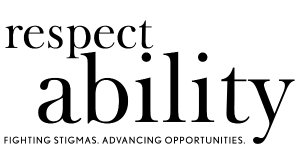
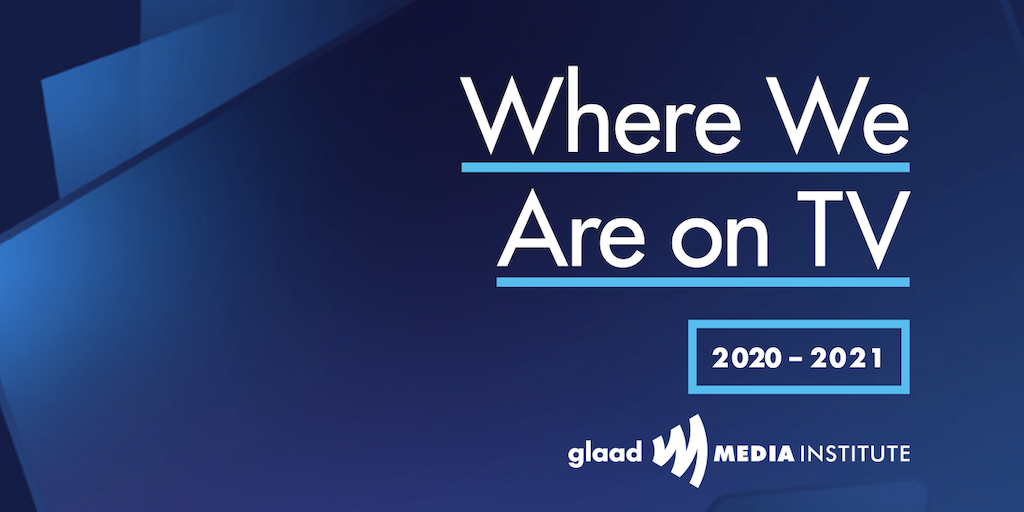
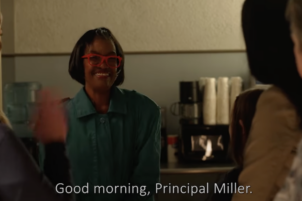
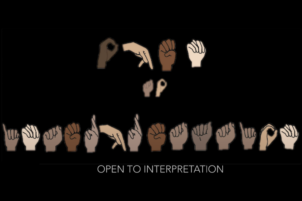




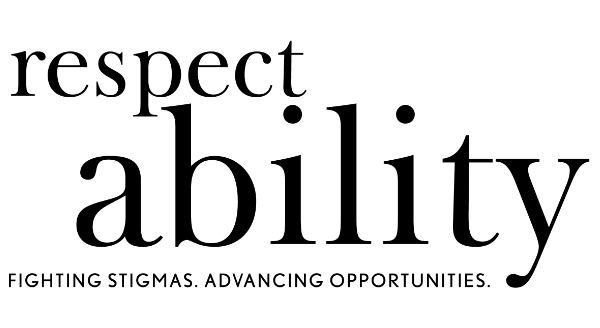
I’m really curious why you count addiction as a disability… I can easily say the majority of people who have been in the active throes of addiction would disagree. Otherwise great article.